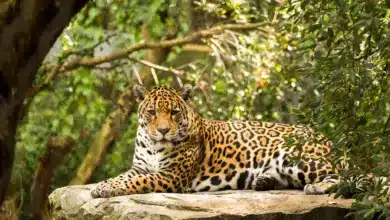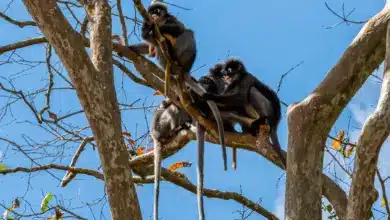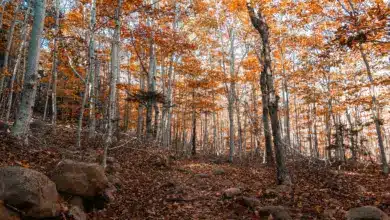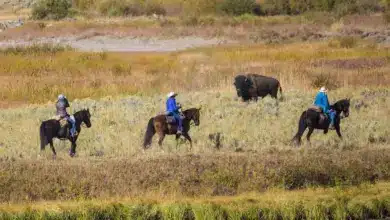The majority of the world’s animal species—insects, birds, reptiles, amphibians, fish, and mammals—live in rain forests. In fact, one group of mammals, consisting of some of the most intelligent animals on earth—primates—live almost exlusively in rain forests.
[ez-toc]
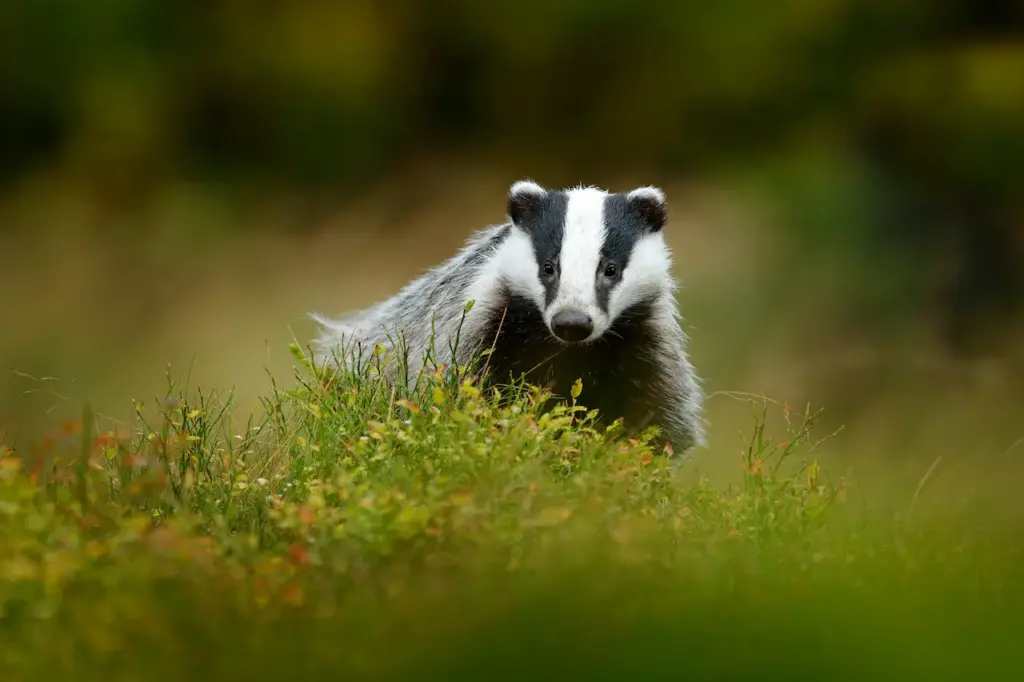
Primates are the animals most closely related to humans: apes, monkeys, and prosimians, a group that includes lemurs. Apes include gorillas, chimpanzees and bonobos, orangutans, and gibbons.
Monkeys can be divided between Old World monkeys (those that live in African and Asian rain forests), and New World monkeys (which live in the Amazon and other South and Central American rain forests).
In addition to a wealth of primates, the top predators in most of the world’s rain forests are also mammals. In fact, most of these “apex predators” are the largest members of the cat family, a group that includes tigers, leopards, jaguars, and pumas. Contrary to popular belief, the African lion is not a rainforest mammal.
The leopard has the largest range of all mammalian rainforest predators: it can be found all across equatorial Africa and Asia. The tiger is exclusively an Asiatic hunter, while jaguars and pumas patrol the rain forests of Central and South America.
Herbivores both large and small are also abundant in rain forests. The largest plant eater in South American jungles is the tapir (above), a relative of the rhinoceros that can grow to several hundred pounds. A different species of tapir lives in Asia.
There are rainforest elephants (Africa and Asia), and rainforest rhinos (Asia). In addition, African rain forests are home to a number of species of antelopes, which are often preyed upon by leopards, and rain forests in Asia and the Americas contain various species of deer, which also serve as prey for the dominant rainforest predators.
A few bear species inhabit Asian and South American rain forests—the rare spectacled bear in the lower reaches of South America’s Andes Mountains, and sloth bears and sun bears in the Asian forests.
Rain forests the world over are home to myriad species of bats, owing, no doubt, to the wealth of jungle insect life that is available for them to feed on. However, some types of Asian fruit-eating bats, including the “flying fox,” do not feed on insects at all. Nor does South and Central America’s vampire bat eat insects; instead, as its name implies, it drinks the blood of other mammals. One or two species of rainforest bats even catch fish for a living.
Rats, mice, and other rodents are plentiful in most rain forests; in fact, the world’s largest rodent, the water-loving capybara, which can grow to be as large as a medium-size pig, lives in the Amazon region.
As you can see, rain forests are full of mammals—and this article has only scratched the surface!
